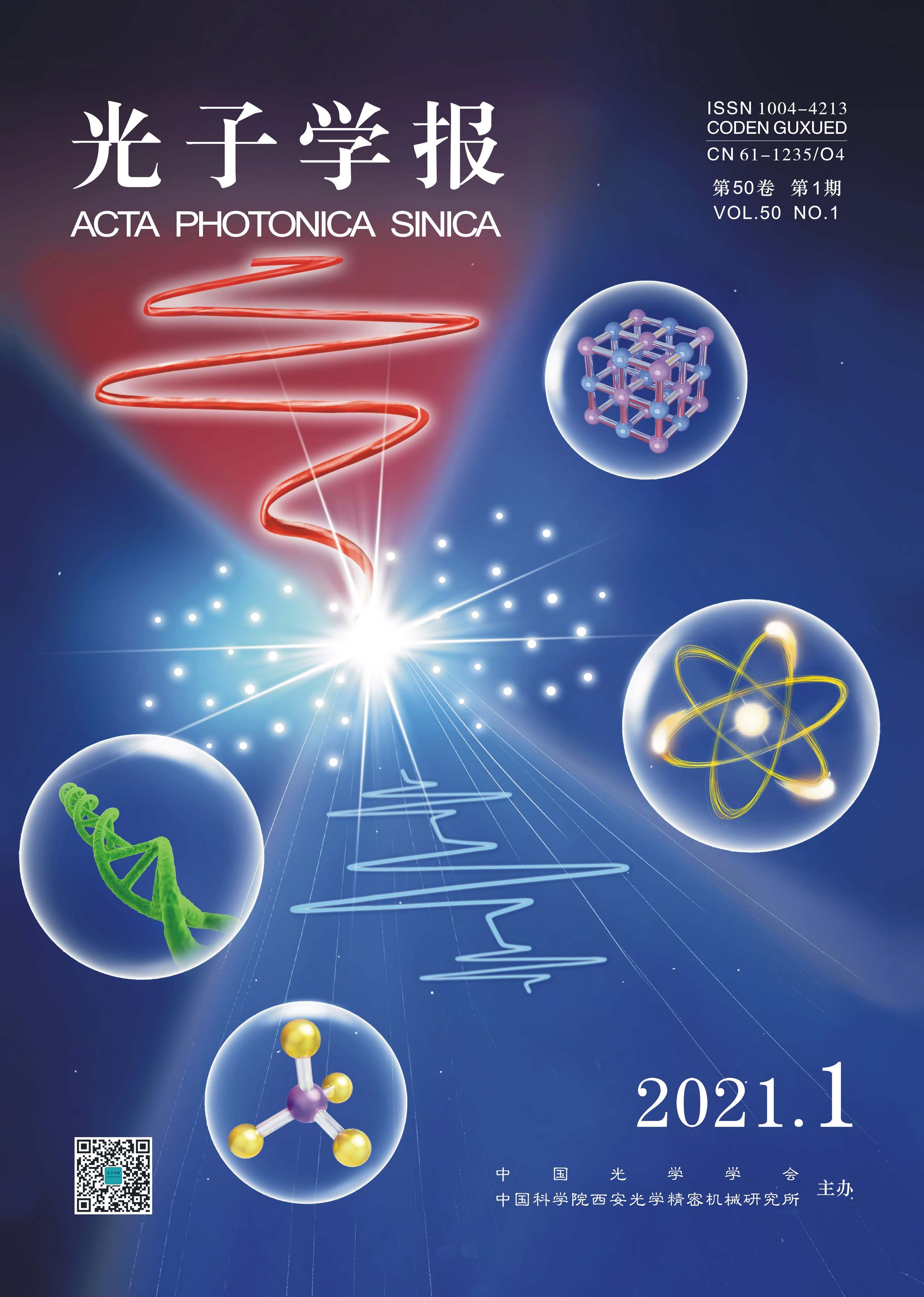Quantum optical coherence tomography (QOCT) was proposed some time ago as a highly promising alternative to its classical counterpart for obtaining morphological information of semi-transparent, e.g. biological, samples. In particular, since the time when QOCT was first proposed two key advantages were identified with respect to an equivalent classical system: even-order dispersion cancellation in the sample under study, as well as a factor-of-two improvement in axial resolution. However, the low-flux nature of photon pair sources and the resulting long times of data acquisition, have severely limited the practical applicability of QOCT. Our present work aims to overcome some of these limitations through the implementation of a Fourier domain version of the technique which eliminates the need for axial scanning.
In this paper, researchers from National Autonomous University of Mexico revisit in the context of QOCT the well-known Hong-Ou-Mandel (HOM) effect in which two photons, which meet at a beamsplitter, can interfere destructively, leading to null in coincidence counts. The related results are published in Photonics Research, Vol. 8, Issue 6, 2020 (Pablo Yepiz-Graciano, Alí Michel Angulo Martínez, Dorilian Lopez-Mago, et al. Spectrally resolved Hong–Ou–Mandel interferometry for quantum-optical coherence tomography[J]. Photonics Research, 2020, 8(6): 06001023). In a standard HOM measurement, the coincidence counts across the two output ports of the beamsplitter are monitored as the temporal delay between the two photons prior to the beamsplitter is varied, resulting in the well-known quantum interference effect known as the HOM dip. In this work they show, both theoretically and experimentally, that by leaving the delay fixed at a particular value while relying on spectrally-resolved coincidence photon-counting, they can reconstruct the HOM dip which would have been obtained through a standard delay-scanning, non-spectrally-resolved HOM measurement. Researchers discuss how our present work can lead to a drastic reduction in the time required to acquire a HOM interferogram. Researchers specifically discuss how the suppression of axial scanning leads to a drastic speed-up in the data acquisition for QOCT devices.
QOCT operates by identifying independent HOM dips corresponding to the various interfaces in a given sample. In a conventional QOCT device applied to an unknown sample, the temporal delay between the signal and idler photons must be scanned with a sufficient resolution so as to be able to resolve each of the possible dips in the HOM interferogram. For long (in the region of 1mm and above) samples this translates into the need for data acquisition sequences which may stretch into several hours, severely limiting the applicability of QOCT in clinical settings. In this work they have shown that data derived from a single delay stop can be employed so as to reconstruct the HOM interferogram that would have been obtained in a conventional delay-scanning experiment. This implies a reduction in the time required for data acquisition by a factor in the thousands or larger. They believe that this work improves the prospects for QOCT to be deployed as a practical technology in biomedical applications.
Pablo Yépiz Graciano, the Ph.D. student who was primarily in charge of this work tells us: "I found this work extremely exciting because our key innovation of exploiting a Fourier domain approach to quantum optical coherence tomography may lead to this technique´s real life application in clinical settings."
In other recent work from our research group, they have demonstrated two other experimental techniques which bring us a step closer to practical QOCT implementations. In the first one, they demonstrated a quantum engineering recipe based on the use of fs pulses designed to suppress a cross-interference effect (which limits the attainable resolution) appearing for each pair of interfaces in a given sample. In the second one, they demonstrated a full-field QOCT device, i.e. in which at each axial delay stop they acquire the full transverse structure of the sample under study. A fruitful future avenue of research will be the combination of the present work with these two other techniques for the development of a QOCT device which may deployed away from controlled laboratory settings.

Figure caption: (a) Delay-frequency QOCT interferogram for a two-interface sample (borosilicate glass coverslip of 170 μm thickness), (b) QOCT interferogram obtained from integrating the previous data over the spectral variable, (c) Numerical Fourier transform of (a), yielding the temporal 2D interferogram.


